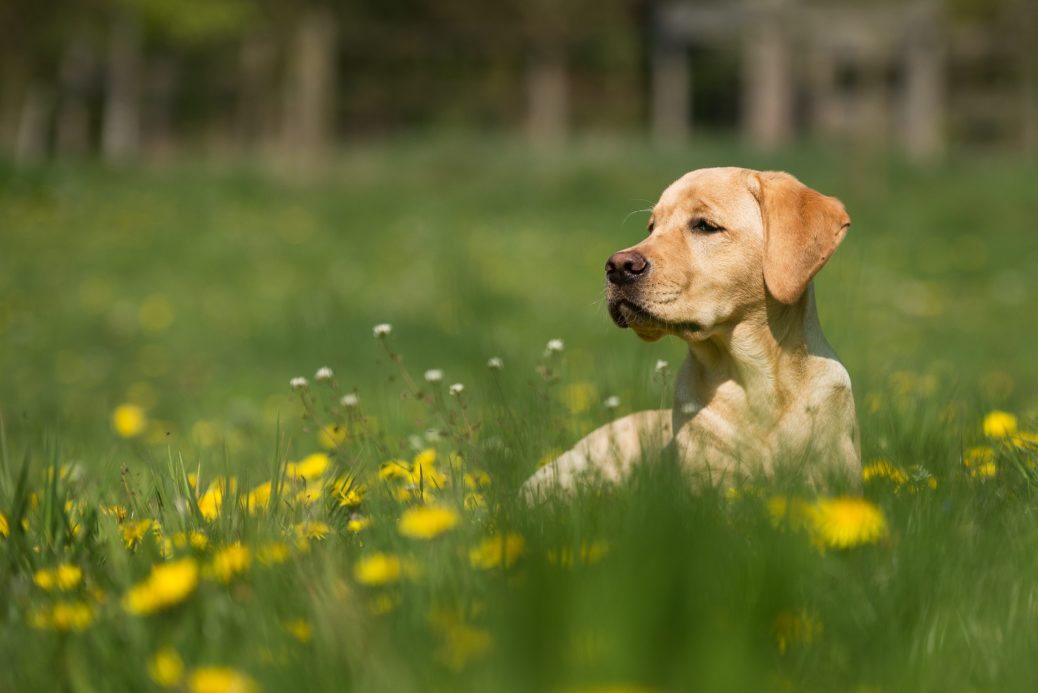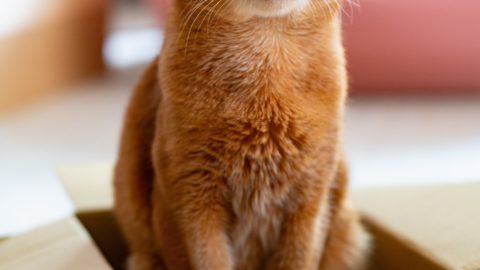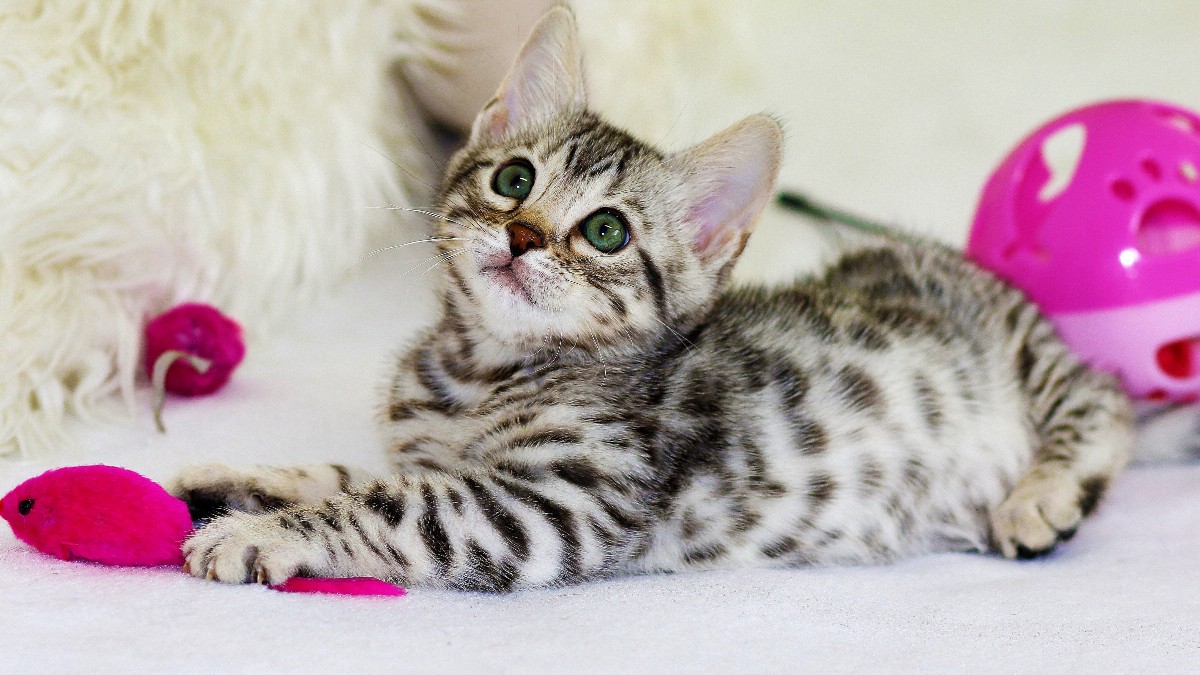How refreshing it is to feel the warm breeze and see the pops of color appearing around town as we (finally!) move into spring. For those of us who like to fancy ourselves green-thumbed, one of the brightest aspects of spring is the chance to get back into the garden. For those of us who also are pet owners, however, we are quickly reminded of the twists pets can lead us down in our path toward the perfect garden! Today I will review some common ways in which pets cause trouble for the garden and how we can best address them.
We’ve all seen the classic image of the naughty dog in the garden, with his rear end in the air and his head burrowed into a hole of dirt, with soil flying all around him. Of course, digging is a natural behavior for dogs as a whole, and some breeds or individual dogs are especially driven to perform this natural response. Like their wolfish ancestors, some dogs dig in order to find a cool or more comfortable place to rest. Like their fox kin, some dogs dig in their hunt for a critter they’ve smelled or heard moving beneath the earth. Many dogs dig because a buried bone, tree root or rock just beneath the surface has caught their attention. Other dogs seem to dig for the sheer joy of the act.
Understandable as it may be from the dog’s perspective, when digging wreaks havoc in the lawn or garden, many owners find the behavior problematic. It is also exceedingly difficult to correct because most dogs learn not to dig in front of their owners, but will instead dig when left alone in the yard. Dogs cannot be punished for behavior that happened in the past, so owners must find ways to prevent digging when the dog is unsupervised and to interrupt all digging that occurs while they are there to see it. As with so many behaviors, digging is easier to stop when it’s curbed early on; lifelong diggers can be more persistent in their habits. Keep your dog engaged in other activities while you are outside with her – throw the ball or Frisbee, set up scent work games, or invite a friend’s dog over to play. If your dog starts digging, interrupt with a short “Ah Ah” or “No” and then call the dog over for another activity to replace digging. If you can’t play with the dog, give her an activity feeder or soup bone so that she can work on removing the food or chewing on the item over a long period of time, holding her attention in a way that can compete with the excitement of digging. If your dog only digs when you are not outside with him, block off the area he prefers to dig in. Some owners have found that providing one area where digging is encouraged (a wooded or non-lawn area of the property or even a sandbox) can help for those dogs whose interest in digging is stronger than most other forms of play or enrichment.
Cats also dig in the garden, although their digging is more likely to be associated primarily with urinating or defecating. This toileting issue is not only unappealing to us, but also can be dangerous to our health if a cat is relieving herself in the vegetable garden, for example. If a cat is toileting in your garden, you can put down various substrates that might make the surface less comfortable for walking. For example, some gardeners have had success putting short stakes or toothpicks around the garden in areas used as a latrine. Cats will avoid areas that are less convenient or comfortable for them to maneuver around in. You also might consider bringing your cat indoors, as there are many advantages to having an indoor-only cat in addition to a cleaner garden (e.g., the cat’s long-term safety is enhanced along with the well-being of wild birds and animals who might otherwise turn into a pet cat’s play toy or meal.)
In addition to playing in and toileting on our gardens, our pets might have the habit of dining there as well! Of course, if your dog or cat has eaten anything from the garden – flower or vegetable, annual or perennial – your very first job is to research the plant eaten to ensure it’s not toxic. There are all sorts of potentially toxic plants in the garden from azaleas to tulips, so contact your veterinarian or a pet poison control center if you worry the plant consumed could be toxic. After determining your pet is safe, you will need to find ways to prevent your pet’s access to a garden with items he or she is determined to eat. When plants are perceived as edible by our pets, the risk of ingestion will remain if they are allowed unsupervised access to those plants. A fence can be helpful. When this is not possible, some gardeners have found use in a motion-activated sprinkler system. Especially for cats, but for some dogs as well, being suddenly rained upon when in the garden is enough to keep them out altogether!
If your dog or cat is less of a gardening assistant and more of a garden assassin, then you may find that physically separating the pet and the garden when you cannot intervene directly are the safest and most reliable means to have your garden and eat it too!
Megan E. Maxwell, Ph.D., CAAB






